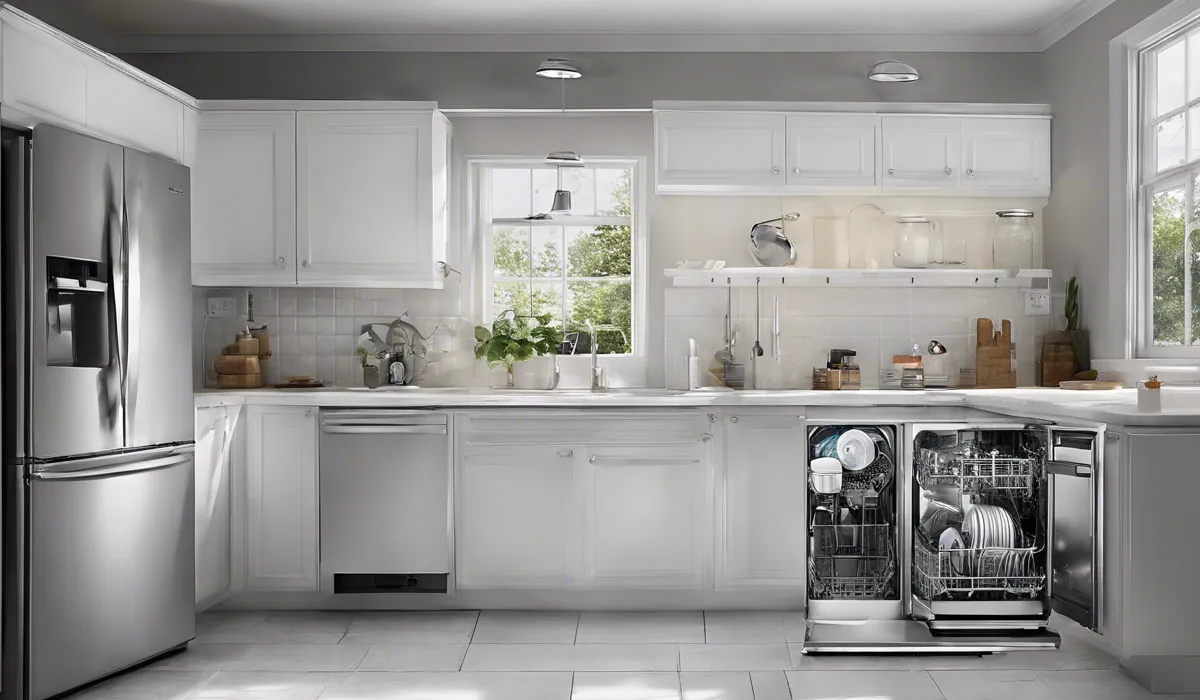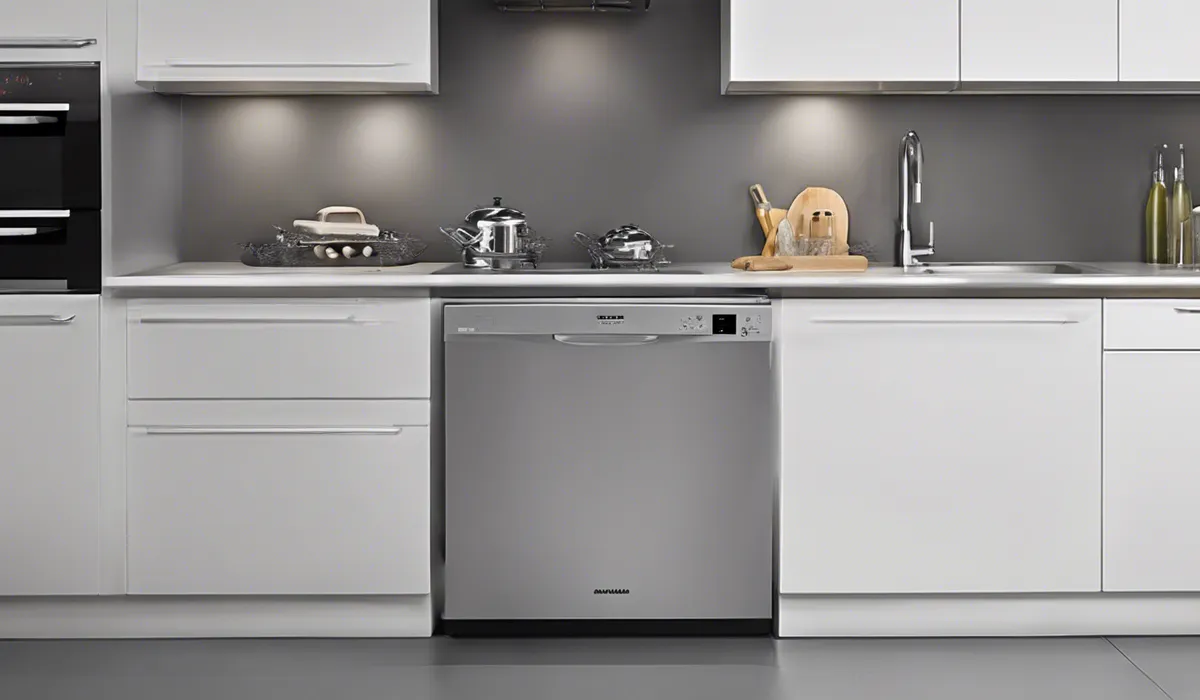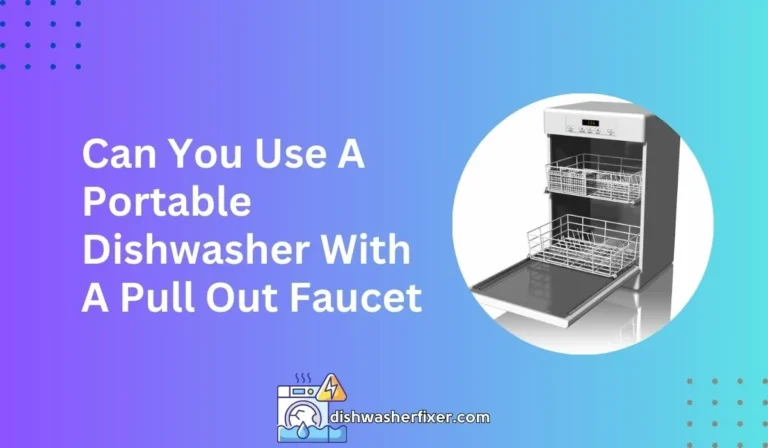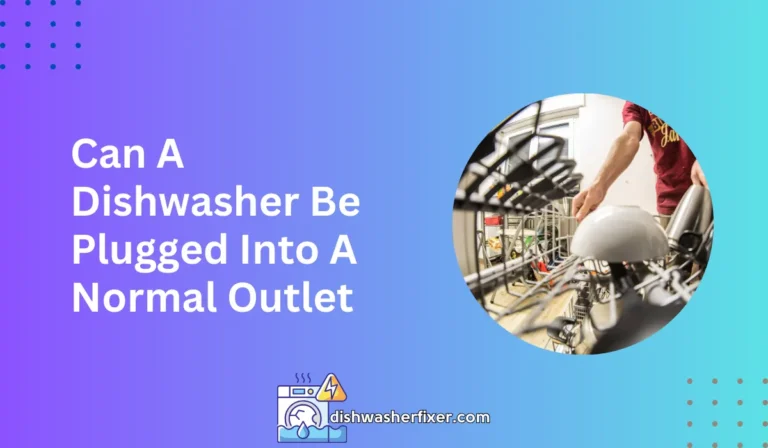How to Plumb a Dishwasher in Under an Hour Like a Pro
To plumb a dishwasher, first turn off the water supply. Connect the dishwasher’s water supply line to the hot water valve. Attach the drain hose to the sink’s drainpipe or garbage disposal. Secure all connections to prevent leaks. Finally, turn on the water to test the setup.
Preparing for Installation

Gather Necessary Tools and Materials
Before diving into installing your new dishwasher, it’s essential to ensure you have all the necessary tools and materials at hand.
You will need an adjustable wrench, screwdrivers, a level, a tape measure, a utility knife, and Teflon tape.
Materials such as a water supply line, compression fittings, and a drain hose are also crucial. Gathering these items beforehand will streamline the installation process and prevent any unnecessary interruptions.
Selecting the Right Location for the Dishwasher
The location of your dishwasher is vital for both functionality and compliance with plumbing codes. Choose a spot near the kitchen sink to simplify the connection to the water supply and drainage systems.
Ensure that the chosen location allows the dishwasher door to open fully without obstruction and provides easy access for loading and unloading dishes.
Measuring and Clearing Space
Measure the height, width, and depth of the dishwasher space to ensure a proper fit. Clear the area of any items and check that there’s adequate space for the door to open.
Additionally, verify that the flooring is level and can support the weight of the dishwasher when it’s full.
Checking and Installing the Dishwasher Drain
Examine the current drain setup under your sink. If there’s a garbage disposal, it may have a knockout plug that needs to be removed before connecting the dishwasher drain hose.
If not, you’ll need to install a dishwasher tailpiece to the sink drain to create an attachment point for the drain hose.
Understanding Local Plumbing Codes and Regulations
Compliance with local plumbing codes is critical. These regulations may dictate specific requirements for the installation of water supply lines and drainage systems.
Consulting with a professional plumber or your local building department can provide you with the necessary guidelines to follow.
Connecting Water Supply and Drainage

Shutting Off the Water Supply
Before starting any work on the water lines, locate the main water shut-off valve and turn it off to prevent any water from flowing while you work. This is a crucial step to avoid potential flooding and water damage.
Installing the Water Supply Line
With the main water supply turned off, connect the water supply line to the dishwasher.
Using Teflon tape on the threads can help ensure a watertight seal. If your dishwasher comes with a pre-attached supply hose, you’ll simply need to connect it to the water supply valve.
Connecting the Dishwasher to the Water Supply
Attach the other end of the water supply line to the hot water supply valve under the sink. Ensure the connection is secure and tight to avoid any water leaks when the supply is turned back on.
Setting up the Waste Line Connection
Position the drain hose from the dishwasher to either the garbage disposal or the air gap installed on the sink. If you’re connecting directly to a drainpipe, ensure the connection is above the trap to prevent backflow.
Ensuring Proper Drainage with High Loop or Air Gap
Install a high loop in the drain hose or use an air gap to prevent dirty water from flowing back into the dishwasher.
A high loop is created by securing the hose in an upside-down U-shape under the sink, while an air gap is a small device installed on the countertop that prevents backflow.
Securing Connections to Prevent Leaks
Check all connections between the dishwasher, water supply, and drainage to ensure they are secure and leak-free.
Utilize hose clamps where necessary and double-check that the fittings are snug and properly sealed.
Final Steps and Testing

Electrical Connections for the Dishwasher
Most dishwashers require an electrical connection to operate. If you’re not comfortable with electrical work, it’s best to hire a professional.
If you do proceed on your own, ensure the power is off at the breaker before making any electrical connections. Follow the manufacturer’s instructions to connect the dishwasher to the power source.
Attaching the Dishwasher to Cabinets or Countertop
To prevent the dishwasher from tipping when the door is open, it needs to be secured to the underside of the countertop or the adjoining cabinets.
This can typically be achieved using mounting brackets that come with the dishwasher or screws that fit into pre-drilled holes on the dishwasher frame.
Leveling the Dishwasher and Adjusting the Feet
Use a level to ensure the dishwasher is sitting flat on the floor. If it’s not level, adjust the feet at the bottom of the dishwasher until it is.
Proper leveling helps the dishwasher to run more efficiently and prevents noise and vibration during operation.
Running a Test Cycle to Check for Leaks
Once the dishwasher is connected, run a test cycle with the bottom kick plate removed to observe any leaks.
If you notice any water, turn off the dishwasher, tighten any loose connections, and run another test until there are no leaks.
Insulating the Dishwasher for Noise Reduction
Adding insulation around the dishwasher can help reduce noise. Some dishwashers come with built-in insulation, but if yours does not, you can add an insulation blanket around it.
This will absorb some of the sound and make the dishwasher quieter during operation.
FAQs About Plumbing a Dishwasher
How do I turn off the water supply before plumbing a dishwasher?
To turn off the water supply, locate the main water valve or the dedicated valve under the sink and rotate it clockwise until it is fully closed.
What is the correct way to connect the dishwasher’s water supply line?
Connect the dishwasher’s water supply line to the hot water valve by aligning the threaded end of the line with the valve and tightening it securely.
Where should the dishwasher drain hose be attached?
Attach the dishwasher drain hose to the sink’s drainpipe or the garbage disposal unit, ensuring it is elevated to prevent backflow.
How can I secure the connections to prevent leaks?
Secure all connections by tightening clamps and fittings properly, and use plumber’s tape or sealant on threaded joints if necessary.
How do I test the dishwasher setup after installation?
After installation, turn on the water supply and run the dishwasher through a cycle to check for any leaks or issues with the water flow.
Final Thoughts
Properly plumbing a dishwasher involves shutting off the water supply, connecting the water supply line to the hot water valve, and attaching the drain hose to the appropriate drainpipe.
Ensuring all connections are secure is crucial to prevent any leaks. Once installed, turning the water back on and testing the system ensures everything is functioning correctly.
Useful Resources
- https://www.kingcounty.gov/en/dept/dph/health-safety/environmental-health/plumbing-gas-piping/installations/dishwasher-connections
- https://www.lni.wa.gov/licensing-permits/electrical/electrical-basics-for-home-business-owners/appliance-installation-and-repair
- https://www.stpaul.gov/departments/safety-inspections/building-and-construction/construction-permits-and-inspections/plumbing-gas






